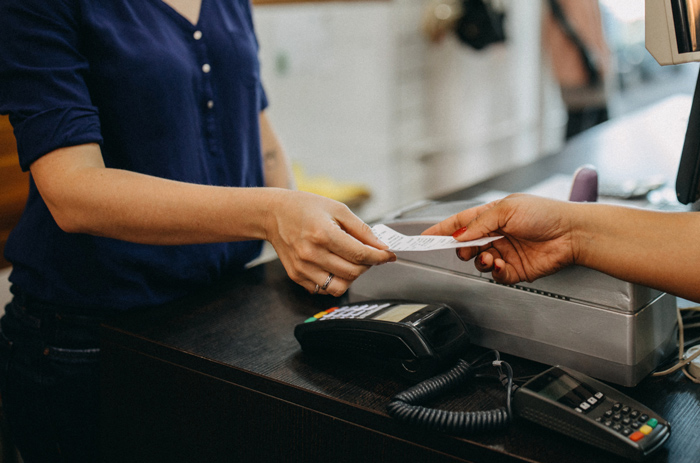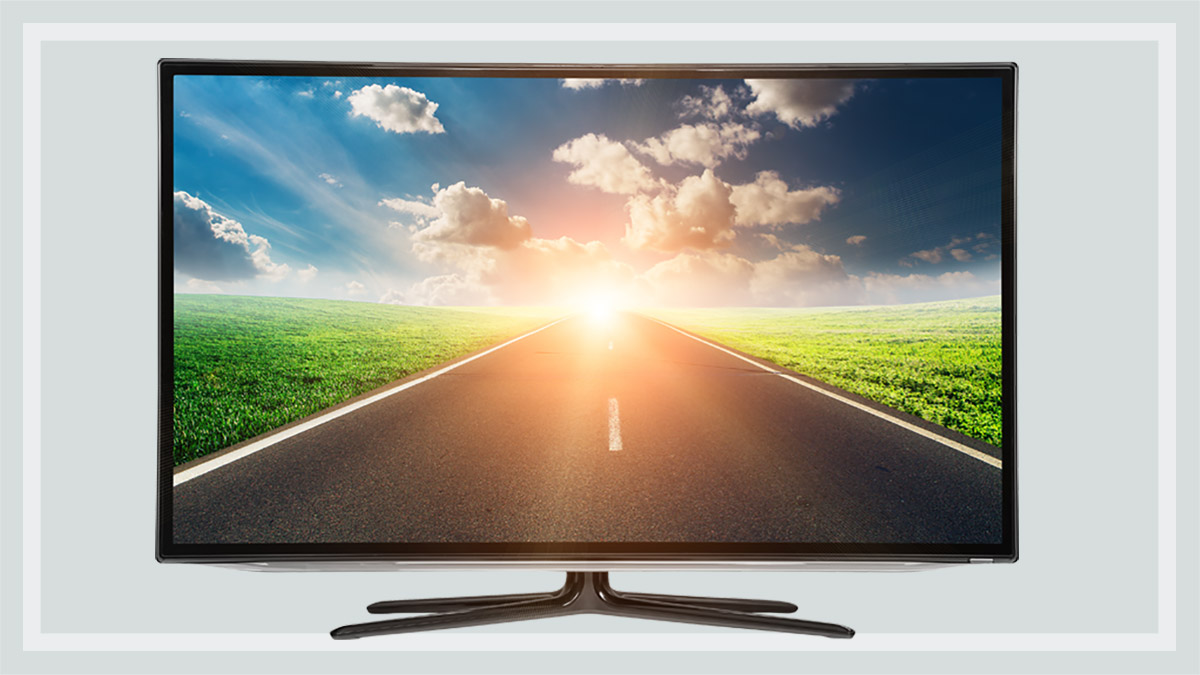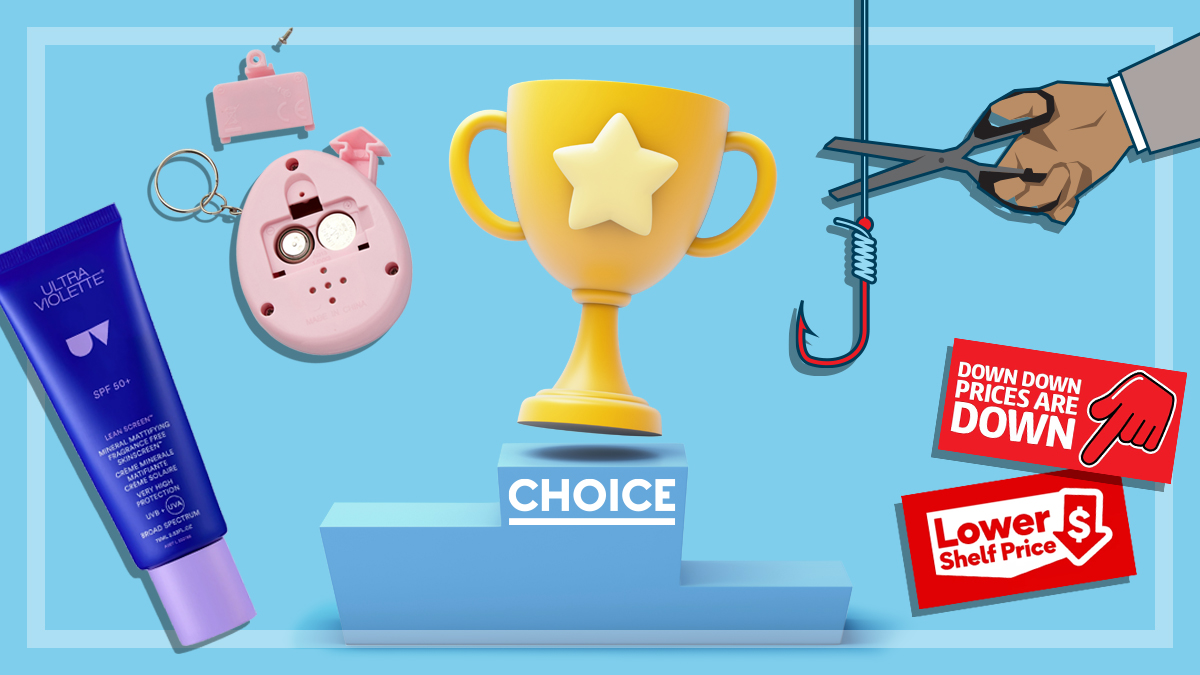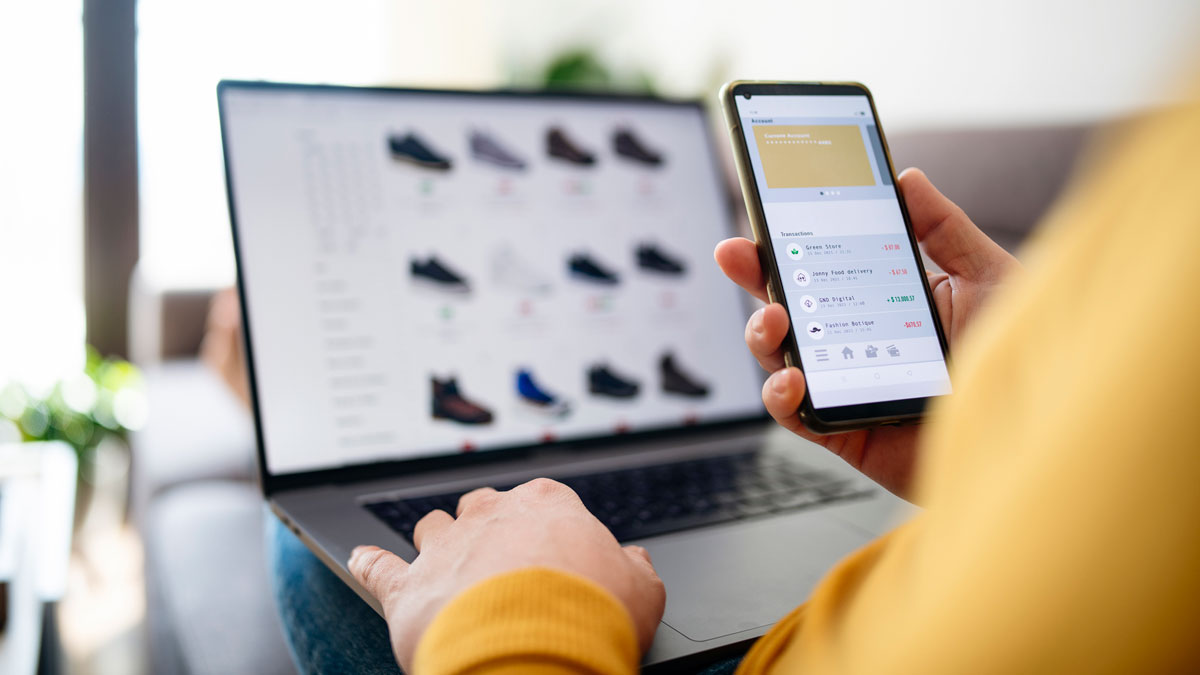Get our independent lab tests, expert reviews and honest advice.
Expert tips for shopping the Boxing Day sales

Boxing Day sales have a reputation for being a great time to grab a bargain. And there are some genuine good deals out there. But it’s also all too easy to get caught up in sale madness and spend far too much money on stuff you don’t really need anyway.
With some planning (and a healthy dose of self-control) you can hit the shops with less stress and bag a bargain on the things you actually need.
Tip 1: Make a plan
Many retailers release their sale prices ahead of time (for example Boxing Day sales prices may come out on Christmas afternoon) so you can get a head start before you hit the shops.
And some Boxing Day sales start well before Christmas has even begun. Keep an eye on your favourite websites, sign up to newsletters and follow retailers’ social media pages so you get the inside scoop on sales. Make a list and check it twice so you have a clear idea of what you want to buy and where.
However, in the sales chaos, retailers can sell out of stock and websites can crash. If you’re not having any luck with one retailer, it pays to know in advance who’s selling the product you’re after, and for how much.
If you’re able to create a wishlist on your favourite websites, then do – that way you’ll be able to easily see when your favourite products go on sale.
Tip 2: Do your homework
If you’re planning on buying a big-ticket item, check out how it performed in CHOICE’s reviews first.
We independently test each product in our labs to bring you unbiased results so you can choose the best product for your needs.
Tip 3: Set a budget
It’s hard to not buy all the shiny things you see on sale, but if you set a budget up-front, you’ll save yourself from buying things you don’t need.
If you can, try not to use your credit card or payment schemes like Afterpay. The last thing you want is to end up with financial ‘debt lag’.
Tip 4: Compare products and prices
Just because something is on sale doesn’t mean it’s the best deal.
A 20% discount instore might seem like a good deal, but you’ll be kicking yourself if you later find out that you could have bought it cheaper elsewhere. It’s also worth checking whether your preferred retailer will match prices to secure a sale.
If you’re in a store rather than shopping online from home, use your smartphone to check prices from other retailers to make sure you’re actually bagging a bargain.

Tip 5: Consider an alternative brand or model
With some products, you pay a premium for the brand name, but a lesser-known brand might perform just as well.
In our testing, we often see cheaper products outperforming more expensive ‘big’ brands, so don’t just buy something on the brand name alone.
Don’t just buy something on brand name alone
Having said that, sometimes the lesser known brands are lesser known for a reason – which makes it doubly important to do your research.
It’s also worth considering whether you need the latest model when you buy. Last year’s model may have most or all of the same features, at a greatly reduced price. Here’s how to grab a bargain TV in the sales.
Tip 6: Avoid expensive add-ons
If you’ve snapped up a bargain-priced TV, don’t undo your hard work by paying a premium for pricey accessories or unnecessary extended warranties.
If you can, hold off on buying accessories like HDMI cables from the store and try to find them cheaper online instead. Or ask the retailer if they’ll bundle the accessories with the TV for a cheaper price to secure the sale.
Tip 7: Haggle
Even when things are on sale, you may be able to negotiate a cheaper price – particularly for big-ticket items like whitegoods, mattresses and TVs. And if you can pay in cash, you may be able to get a lower price on the day.
Some retailers offer price matching, so find out which ones do and use that to your advantage. But read the fine print: some retailers don’t price match during sales season.
Never haggled before? Check out our how to haggle guide for some clever bargaining tips.

Tip 8: Check store policies in advance (and keep the box)
While retailers must provide a remedy (refund, replacement or repair) for a faulty product, they’re under no obligation to refund or exchange for change-of-mind purchases.
But many retailers do, so if you’re not 100% sure your grandma will love those fluoro-yellow sneakers you’ve bought her, check the store’s returns policy. Keep the box and the receipt in case you do change your mind.
But if you’re returning a product because it’s faulty, you don’t need the original packaging. To make sure you know what you’re entitled to, check out our article on refund rights.
Tip 9: Make sure the products are safe
Sign up to productsafety.gov.au to stay in the loop about product recalls so you don’t inadvertently take an unsafe product home with you.
If you’ve bought an unsafe product, take it back to the retailer for a refund, replacement or repair.






